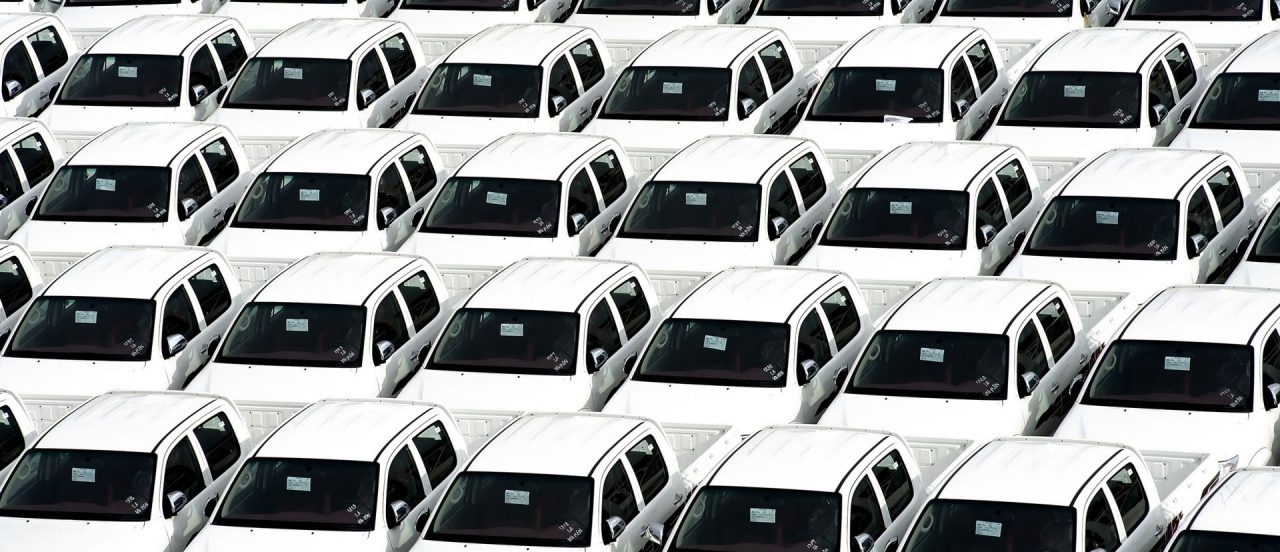The automobile industry in China is a pillar of the national economy, and an area of significant importance for antitrust enforcement. This article provides an update on antitrust enforcement policies in China’s automobile industry. To do so, it provides a background on China’s Anti-monopoly Guidelines for Automotive Industry, and the legislative procedures used to enact said guidelines, in addition to highlighting their main characteristics. It then analyzes antitrust enforcement and private litigation in the automobile industry. To this end, it summarizes two cases: one being administrative, Heze Auto Industry Association v. Shandong AMR, and the other being private, Guangming Trading v. Hankook.
By Hao Zhan, Ying Song, Zhan Yang & Yuhui Yang1
As a major pillar of the national economy, the automobile industry accounted for roughly 10 percent of China’s GDP in 2020, making it an area of significance for antitrust enforcement. Resulting from a supply and demand imbalance, in recent years a glut of supply has depressed the whole industry. Especially in 2020, tougher antitrust activity has arisen involving each link in the entire supply chain, from automobile manufacturing and distribution to after sale servicing.
The below review is divided into three parts: an update on antitrust enforcement policy, antitrust enforcement cases by Chinese authorities, and an analysis on typical antitrust litigation cases.
I. UPDATE ON ANTITRUST ENFORCEMENT POLI
...THIS ARTICLE IS NOT AVAILABLE FOR IP ADDRESS 216.73.216.89
Please verify email or join us
to access premium content!

